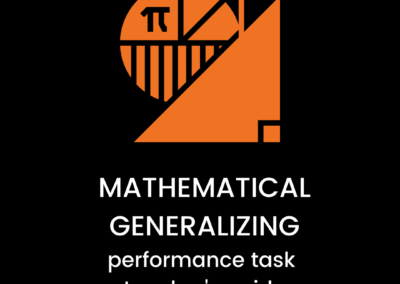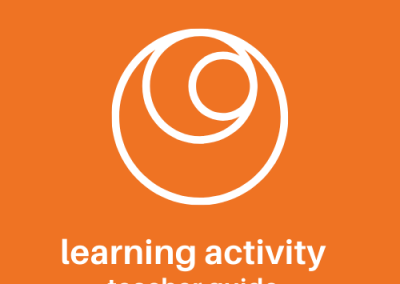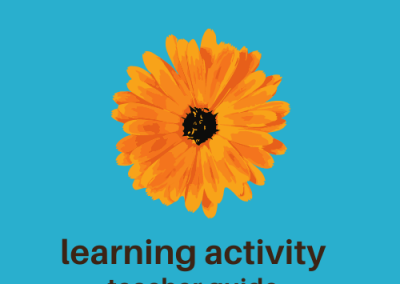Quote and Comment
This activity helps students to generate connections, ideas, and reactions related to the key ideas of a text or a unit of study. Students go on a gallery walk, looking at and reading displays of key quotations or images drawn from the unit’s resources. They record their thoughts and reactions, then the class discusses the ideas generated. This activity is useful at the beginning of a book or a unit to activate background knowledge, and can also be used at any point during a unit to encourage broader and richer thought about a topic.
CONTENT AREA
LEARNING MODALITY
LEARNING CYCLE STAGE
Preparation
- Select the general topic or text.
- Identify 5-10 key quotations or images that evoke important ideas associated with the topic or text. Reproduce each on a large piece of paper, and hang the papers around the room.
- Decide if you want students to record responses on Post-its, on chart paper, or in individual notebooks, and prepare the appropriate materials.
Activity Steps
1
Teacher provides a basic introduction to and review of the text or topic.Teacher provides a basic introduction to and review of the text or topic.
When this activity is first introduced, the teacher should model reading a quotation or looking at an image, and responding with connections, questions, associations, opinions, and reactions.
2
Teacher shows students the quotations or images arranged as a gallery walk. Teacher gives directions to students.
Students can record their ideas in several ways. They may write them on Post-its and hang them on the exhibits, they may write them on a piece of chart paper hung next to each exhibit, or they may record responses in an individual notebook or handout. If you want them to record ideas independently, consider preparing a template upon which students can record their ideas in a structured way.
3
Students silently circulate from exhibit to exhibit in the room, and record the ideas generated by each image or quotation.
Assure students that any ideas generated by the exhibits are great to share, and that the point of the activity is twofold: to help them to think freely about the topic and to remember what they may already know. Ask students guiding questions like:
What does this remind you of?
How do you feel about this?
What is this similar to?
What is surprising about this?
Who do you think said (or made) this?
What is the message here?
What do you think is happening here?
What historical period is this from?
4
Students get together in a larger group, share what they brainstormed about each exhibit, and compare and contrast their ideas.
This stage can be completed as a whole group, or in small groups.
5
Alone or in groups, in conversation or in writing, students reflect on their learning process.
Students respond to questions including:
How does this activity prepare you to understand a text (or unit of study)?
What can you learn from a quotation? From an image?
How might you use this activity independently?
In what other context might this activity be useful?

























